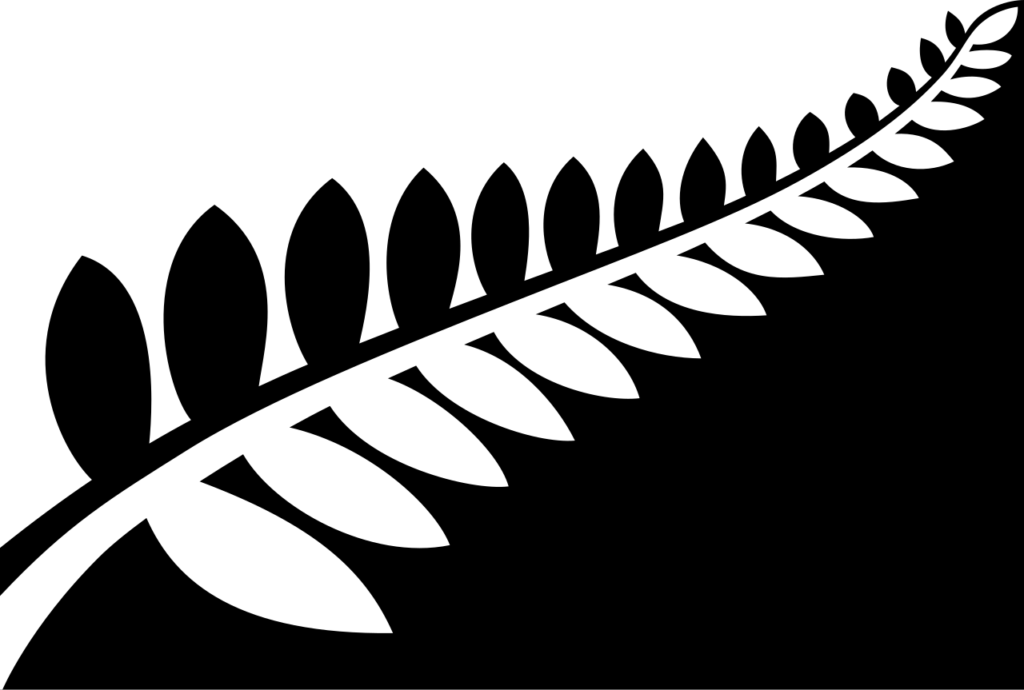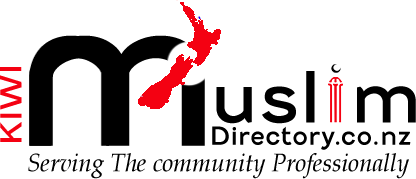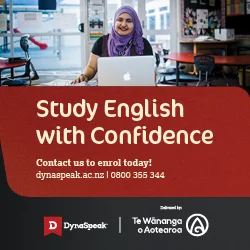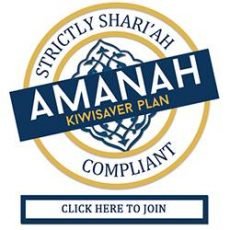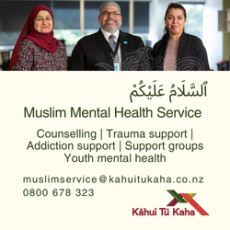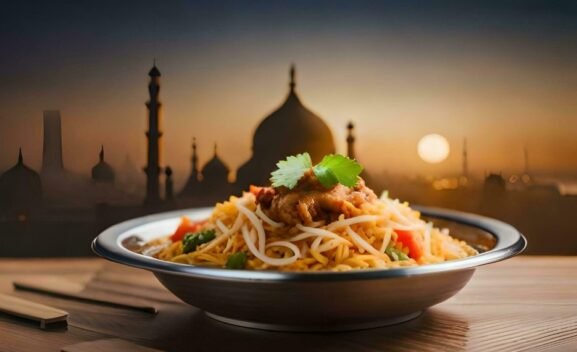Discover Great Local Muslim Businesses in New Zealand
Where Do You Want To Go Today?
Discover Great Local Muslim Businesses in Kiwi
Where Do You Want To Go Today?
Popular Categories
App Launch Locate by Kiwi Muslim Directory
Newly Launched App By Kiwi Muslim Directory.
Your Trusted Travel Companion For Locating:
Halal Food
Community Events
Islamic Centres
& more!
After providing the community with a physical directory for over 15 years, we have worked hard to bring you an iOS and Android app.
Click Below to Download App from Store
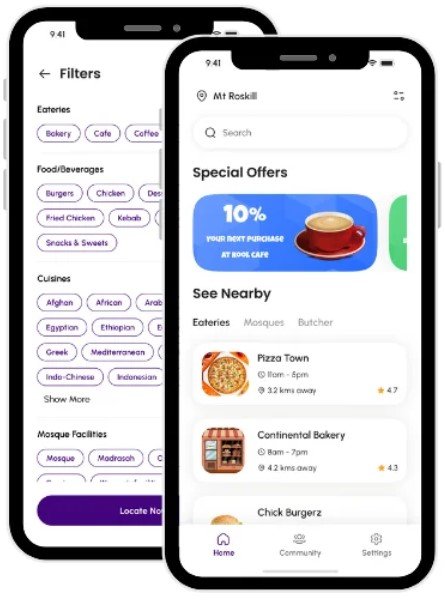
From The Blog
What Our Users Say We collect reviews from our users so you can get an honest opinion of what an experience with our website are really like!
Excellent idea. May Allah reward you brothers for the wonderful effort. I am prepared to render any assistance within my reach at any time. Once again may Allah make you very successful in your endeavour.
Mohammed Kalam Alam, Mt Roskill

Mohammed Kalam Alam, Mt Roskill
We have found Muslim Directory very hand on our visit to Auckland last month. Great work. How about adding a Halal Outlets section, dedicated to Halal restaraunts and food outlets, great for travellers.” Salams,
Zaid, Wellington[

Zaid, Wellington
Great Idea. Hope it will flourish.
Br. Ahmed Ali

Br. Ahmed Ali
Advertise With Us Start Getting Noticed
Join Our Community
Get listed on Kiwi Muslim Directory & expand your reach.
Generate extra income and unlock new opportunities by advertising your business with us.
